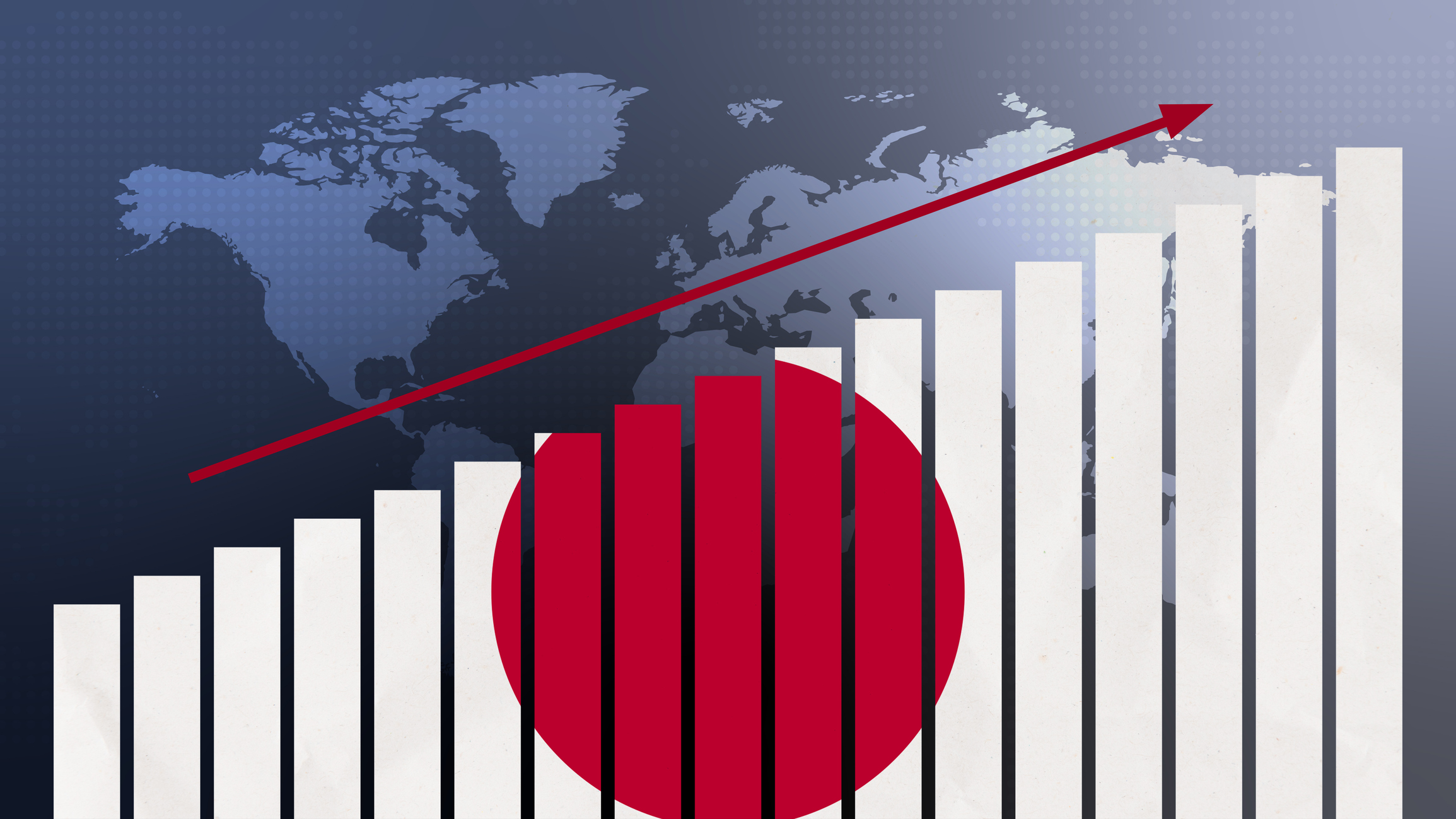Have Crop Prices Hit Rock Bottom? What To Look For In Agriculture Stocks
Record harvests have pushed prices down, but that could change and boost some stocks.October 2014By FIDELITY VIEWPOINTS

This year, farmers look poised to deliver the largest corn crop in history, as weather conditions combined with aggressive planting to flood the market with the product. That usually means lower corn prices, which is bad for farmers and for the companies that benefit from higher grain prices. But could prices be approaching a turning point, creating an opportunity for investors?
Three Fidelity managers say the cycle of grain prices may be reaching a low, and a price recovery could provide a cyclical tailwind to stocks in the industry that are levered to a rise in commodity prices.
“In the last several years, corn, wheat, and soy have gone through a cycle of drought and then very favorable weather conditions,” says Tobias Welo, manager of the Fidelity® Select Materials Portfolio. “We have gone from a peak of $8 a bushel for corn down to $3.50—which is close to the cost to produce the crop. This doesn’t mean we’re at the trough now, but I think we’re reaching a level where the invisible hand of supply and demand should start to come in and help solidify the market.”

Sign up for Kiplinger’s Free E-Newsletters
Profit and prosper with the best of expert advice on investing, taxes, retirement, personal finance and more - straight to your e-mail.
Profit and prosper with the best of expert advice - straight to your e-mail.
The crop cycle
Today’s corn prices may have come down so far as to be unsustainable. “Ag is self-correcting,” says Fidelity research analyst Steven Calhoun. “Today’s prices are below the breakeven point for many farmers, so I don’t anticipate that farmers will plant 92 million acres of corn again next year—it could be 88 million acres or less. At the same time, we have just seen the best weather conditions in 30 years, so the probability of that repeating next year is low.”
Less acreage and worse weather could combine to reduce supply once again, and that could send the price cycle in the other direction.
“2013 was a difficult year for commodities and commodity producers,” says Joe Wickwire, manager of Fidelity® Global Commodity Stock Fund. “Amid the negativity, I saw companies with very good fundamentals and the potential to deliver attractive returns go on sale. I especially liked North American agriculture names.”
Finding the winners
A knowledgeable and sophisticated investor can attempt to profit from higher prices on corn or grains by investing in exchange-traded funds (ETFs) that hold contracts for those commodities, though these investments come with their own risks and complexities. But choosing the right investments may take more than simply buying all the names in a given industry. Welo and Calhoun start with a view on the price cycle, but they also do deep work on individual companies that may help to identify the best investment opportunities. Recently, they have found opportunities in two of the cyclical parts of the agriculture industry tied to fertilizers.
Potash: Prices may recover
Prices for the fertilizer ingredient potash have historically moved in line with crop prices. But this industry has been undergoing some unusual dynamics. After the industry spent years adding capacity, a Russian potash producer last year dropped out of one of the cartels that helps to manage supply and maintain pricing power. When the potash cartel broke up, prices fell from $400 a ton to a little more than $300 a ton. On the day the cartel broke, potash stocks saw losses of 20% to 40%. Calhoun and Welo had avoided the sell-off, but when stock prices tumbled, they bought a low-cost producer from Canada, PotashCorp. (POT).
Since then, potash stocks have recovered some of their losses. But Calhoun and Welo believe a change in crop prices, and new industry dynamics, could lead to another leg of growth.
Nitrogen: Look for lower-cost producers
Nitrogen producers are another potential beneficiary of a recovery in crop prices, because the fertilizer is tied to the financial condition of farmers. But just as Welo targeted specific potash producers, here, too, picking the potential winners requires analyzing the industry dynamics.
In the case of nitrogen, Welo has invested in CF Industries (CF). Many global nitrogen producers had been struggling because China was flooding the market with very cheap product, sending prices down. As the price went down, it hurt producers who relied on expensive natural gas to produce their nitrogen. But Welo says CF Industries has had a big advantage because of the low natural gas prices in the United States.
The bottom line
Agriculture differs from many other parts of the economy because weather forces farmers to make strategic and operational decisions at the start of every crop cycle. That has the power to change prices quickly, and may produce opportunities for investors. But just calling the cycle may not be enough. You need to do your research.
Learn more
- Tobias Welo manages Fidelity® Select Materials Portfolio.
- Joe Wickwire manages Fidelity® Global Commodity Stock Fund.
- Find individual stocks, ETFs, and other mutual funds.
Before investing, consider the funds’ investment objectives, risks, charges, and expenses. Contact Fidelity for a prospectus or, if available, a summary prospectus containing this information. Read it carefully.
Views expressed are as of the date indicated and may change based on market and other conditions. Unless otherwise noted, the opinions provided are those of the speakers or authors, as applicable, and not necessarily those of Fidelity Investments.
Investing involves risk, including risk of loss.
Tobias Welo manages the Fidelity Select Materials Portfolio and has invested in some of the stocks mentioned in this story. As of June 30, 2014, the fund held 3.7% of assets in CF Industries Holdings, Inc., and 1.9% in Potash Corp. of Saskatchewan, Inc.
Joe Wickwire manages Fidelity Global Commodity Stock Fund. As of June 30, 2014, the fund held 6.7% of assets in Potash Corporation of Saskatchewan, Inc., and 2.1% in CF Industries Holdings, Inc.
Stock markets are volatile and can decline significantly in response to adverse issuer, political, regulatory, market, or economic developments. Sector funds can be more volatile because of their narrow concentration in a specific industry.
The commodities industries can be significantly affected by commodity prices, world events, import controls, worldwide competition, government regulations, and economic conditions. Commodity-linked investments can be more volatile and less liquid than the underlying instruments or measures, and their value may be affected by the performance of the overall commodities baskets as well as by weather, disease, and regulatory developments.
Past performance is no guarantee of future results.
Foreign markets can be more volatile than U.S. markets due to increased risks of adverse issuer, political, market, or economic developments, all of which are magnified in emerging markets. These risks are particularly significant for funds that focus on a single country or region.
As with all your investments through Fidelity, you must make your own determination as to whether an investment in any particular security or securities is consistent with your investment objectives, risk tolerance, financial situation, and your evaluation of the security. Fidelity is not recommending or endorsing this investment by making it available to its customers.
Votes are submitted voluntarily by individuals and reflect their own opinion of the article's helpfulness. A percentage value for helpfulness will display once a sufficient number of votes have been submitted.
Fidelity Brokerage Services LLC, Member NYSE, SIPC, 900 Salem Street, Smithfield, RI 02917
697760.1.0
This content was provided by Fidelity Investments and did not involve the Kiplinger editorial staff.
Get Kiplinger Today newsletter — free
Profit and prosper with the best of Kiplinger's advice on investing, taxes, retirement, personal finance and much more. Delivered daily. Enter your email in the box and click Sign Me Up.
-
 The AI Doctor Coming to Read Your Test Results
The AI Doctor Coming to Read Your Test ResultsThe Kiplinger Letter There’s big opportunity for AI tools that analyze CAT scans, MRIs and other medical images. But there are also big challenges that human clinicians and tech companies will have to overcome.
By John Miley Published
-
 The Best Places for LGBTQ People to Retire Abroad
The Best Places for LGBTQ People to Retire AbroadLGBTQ people can safely retire abroad, but they must know a country’s laws and level of support — going beyond the usual retirement considerations.
By Drew Limsky Published
-
 What DOGE is Doing Now
What DOGE is Doing NowThe Kiplinger Letter As Musk's DOGE pursues its ambitious agenda, uncertainty and legal challenges are mounting — causing frustration for Trump.
By Matthew Housiaux Published
-
 A Move Away From Free Trade
A Move Away From Free TradeThe Letter President Trump says long-term gain will be worth short-term pain, but the pain could be significant this year.
By David Payne Published
-
 Trump’s Whirlwind Month of Crypto Moves
Trump’s Whirlwind Month of Crypto MovesThe Kiplinger Letter The Trump administration wants to strengthen U.S. leadership in the cryptocurrency industry by providing regulatory clarity.
By Rodrigo Sermeño Published
-
 What Could Derail the Economy This Year?
What Could Derail the Economy This Year?The Letter While the outlook for the U.S. economy is mostly favorable, there are plenty of risks that bear watching.
By David Payne Published
-
 Three Ways President Trump Could Impact the Economy
Three Ways President Trump Could Impact the EconomyThe Letter Some of Trump's top priorities could boost economic growth, but others risk fueling inflation.
By David Payne Published
-
 10 Predictions for 2025 from The Kiplinger Letter
10 Predictions for 2025 from The Kiplinger LetterThe Kiplinger Letter As 2025 arrives, here are our top 10 forecasts for the new year.
By Letter Editors Published
-
 Europe Faces Economic and Political Headwinds Next Year
Europe Faces Economic and Political Headwinds Next YearThe Letter Challenges for Europe: Potential tariffs, high energy prices and more competition from China will weigh on the bloc in 2025.
By Rodrigo Sermeño Published
-
 Don't Sleep on Japan's Economic Transformation
Don't Sleep on Japan's Economic TransformationThe Letter After almost three lost decades, Japan — one of the world's biggest economies — is finally showing signs of life.
By Rodrigo Sermeño Published